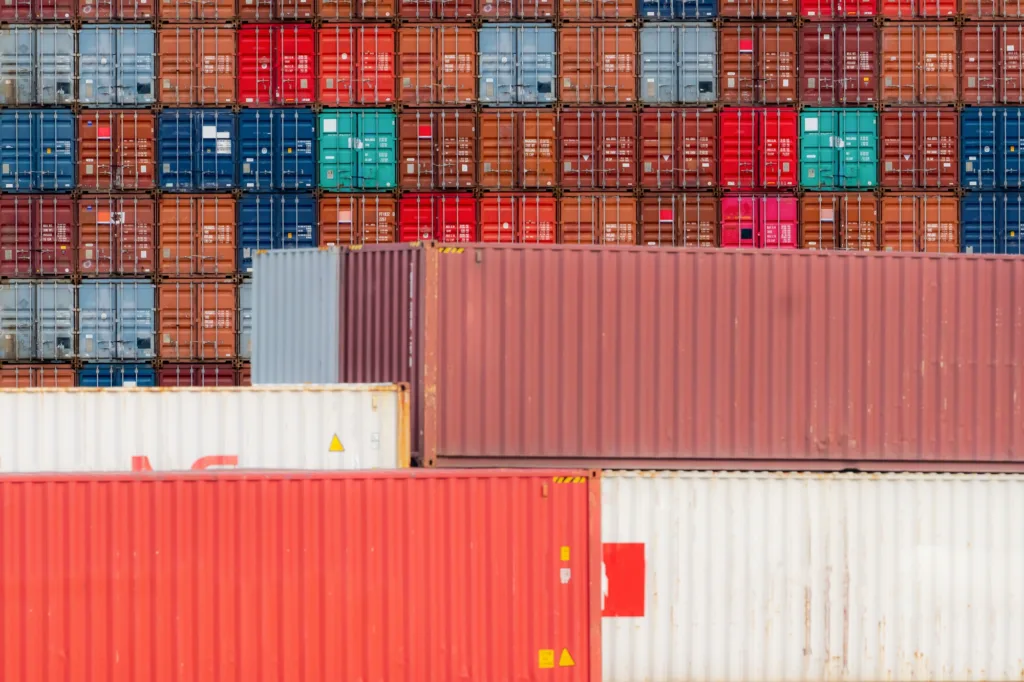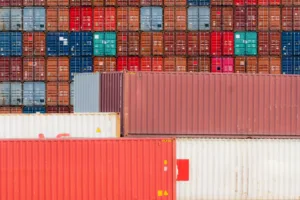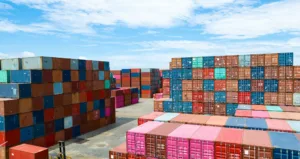In today’s technologically advanced society, customer expectations have evolved and fast shipping speeds are more important than ever before. To meet these demands, businesses around the world have become increasingly dependent on their supply chains to run properly and on time in order to provide excellent service alongside speed, transparency, and convenience for their customers. As our world becomes more connected through technology, it is crucial to have a constantly improving system that maximizes overall productivity.
The transportation and logistics industry plays a major role in the worldwide supply chain. In order to adapt to the ongoing changes in the industry, logistics companies must shift traditional mindsets to develop the efficient supply chain and logistics strategies that align with the current landscape.
Over the last decade, shipping trends have seen a significant shift in priorities, focusing on reliable, secure, environmentally friendly, and cost-effective ways to move precious cargo smoothly and safely. Intermodal drayage became an integral service in the logistics industry that companies utilize, as most consumer goods travel through intermodal drayage before reaching stores, homes, and warehouses. The service relies on a carefully-planned shipping strategy, moving cargo from starting point to a delivery point using the most efficient means necessary. Major cities have an extensive network of intermodal points to coordinate massive amounts of large and small shipments daily.
So, what exactly is intermodal drayage and why is it so important? In this article, we will discuss the concept of intermodal drainage and why it is the most efficient way to meet modern-day shipping time and cost demands.
What Is Drayage Service?
Drayage is a key component of transporting cargo for short distances, usually within a city or a region. These services help companies move large amounts of goods from one part of the same city to another. The focus is that the cargo is only moving over a short distance, and it usually only takes one shift to complete the drainage process. These services are not suited for those who need to move shipping containers and other products from one state to another, or to an international destination.
Drayage forms a crucial part of the logistics supply chain for a business. It is the process through which your freight makes it from the port to the next mode of transport and it is a necessary step to keep everything moving smoothly toward delivery. In most cases, drayage is a smaller part of a larger overall journey or shipping process. It fills in the gaps between the long intermodal hauls and may involve shifting the cargo from one mode of transport to another. For example, you may need to shift the goods from a train to a ship, or from a ship to a truck. The process of unloading or loading at the seaport usually involves some form of drayage. Cargo transportation all over the world requires millions of drayage movements every year.
What Is Intermodal Shipping?
Intermodal shipping refers to combining two other modes of transportation to complete a single shipment. It usually involves shipping techniques using sea, air, railroad, and over-the-road (OTR).. The container industry often uses special services to transfer goods without needing to unpack them.
Intermodal shipping assignments often use drayage as an efficient way to connect these containers from one intermodal point to another. The company is in charge of drainage, unloads the cargo at the shipyard, segments it, loads it onto another mode, and takes it to its destination.
Intermodal Drayage: More Than One Mode
The shift in priorities within the shipping and logistics industry has led to shippers getting creative to keep the supply chain rolling strong without delays. With a blossoming focus on reliable, secure, environmentally friendly and cost-effective ways to move precious cargo smoothly and safely, businesses are heavily dependent on intermodal drayage services to meet the modern-day shipping time and cost demands that heavy-haul, over-the-road trucking fails to do.
More businesses are recognizing the fact that relying on more than one mode of transportation to ship cargo is proving more efficient. Intermodal drayage is a worldwide industry that coordinates massive amounts of large and small shipments daily. Logistics companies are responsible for gathering all the information necessary to find the best way to move cargo. By taking advantage of a more streamlined supply chain with varied transport methods and less handling, business owners are reaping multiple benefits. Not only will businesses save time and money, but they will also eliminate the pressure of finding a rail and truck to cover the distance, instead of relying on just one mode.
The intermodal drayage process originates with the receiving of freighted goods at an intermodal point, a warehouse, or a marine point. The cargo received is then separated, loaded, and taken to its subsequent destination point. The most common vehicle type in intermodal drayage is trucks since they are great for transportation over short distances with strategic terminals being used close to reception and delivery hubs, allowing for the swift and effective drayage of the goods in question.
Utilizing intermodal drayage services can benefit a business in many ways. It can save you time by taking routes with fewer distractions and delays from traffic patterns, weight stations, and other issues related to traditional trucking. Secondly, it is 2-3 times more fuel-efficient than OTR transportation because an intermodal train can transport the equivalent of 280 truckloads. This makes intermodal drayage a very cost-effective service, saving shippers an extra 15-20% on shipping costs. Additionally, shipping via rail is considered to be safer than other methods. Shippers can easily place GPS trackers in rail cars to decrease the chances of losing shipments. Finally, using intermodal drayage services can help you scale logistical operations in response to varying demands throughout the year. By doing so, your business can continue to thrive and prosper in many ways.





